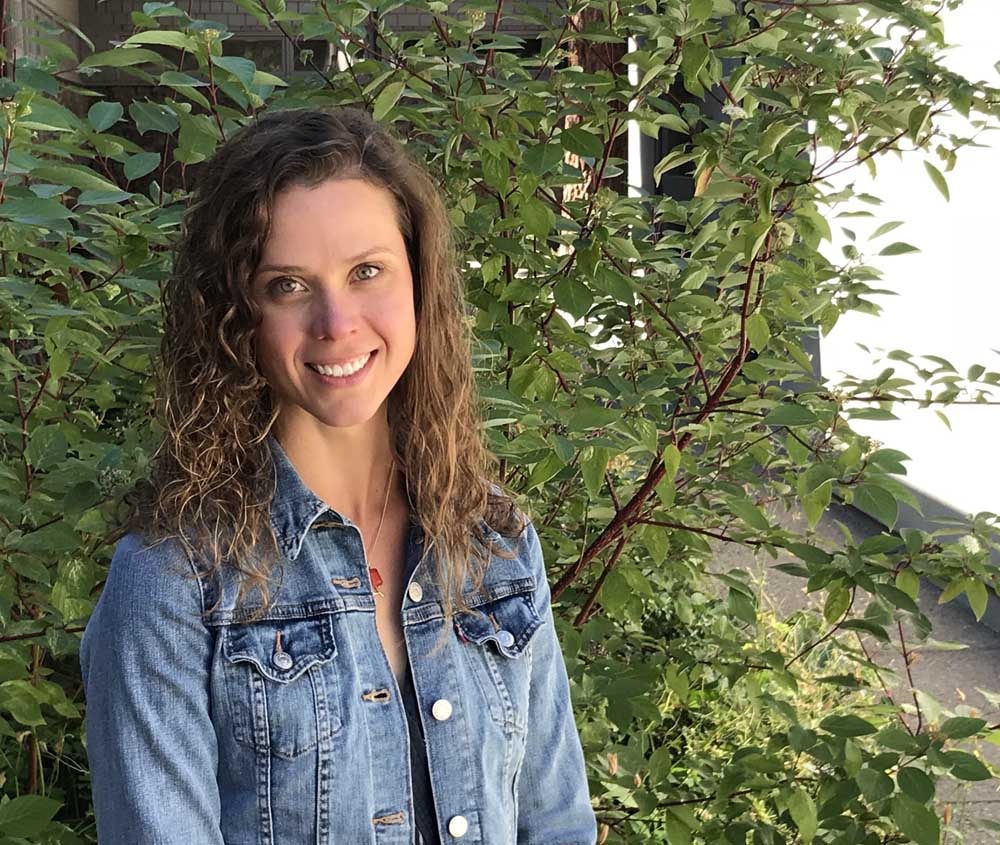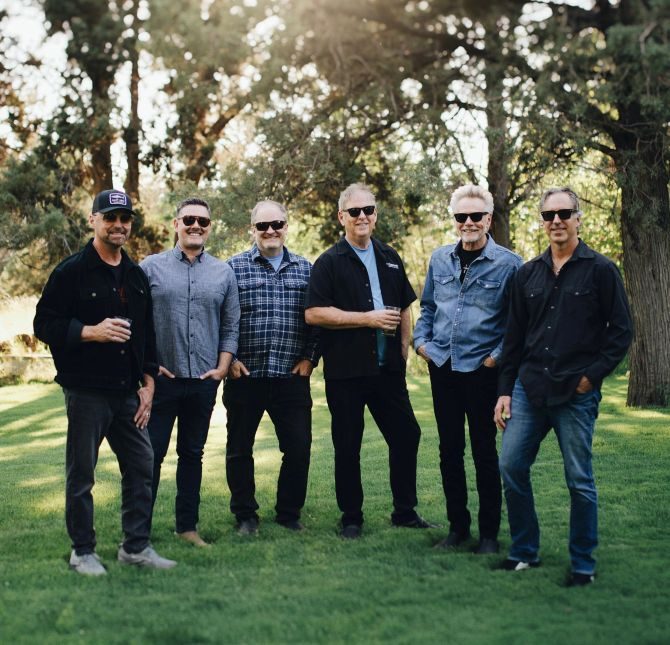‘By Her Hand’ opens in Bend
Published 12:00 am Thursday, September 20, 2018

- Laura Ferguson (Submitted photo)
A traveling exhibit of photographs featuring Native American women is making its final stop at the High Desert Museum, starting Saturday. It features sepia-toned prints taken by early-20th-century photographer Edward S. Curtis, who made it his life’s work — often at the expense of his home life in Seattle — documenting people and a culture in danger of disappearing.
The exhibit, “By Her Hand: Native American Women, Their Art and the Photographs,” is timed in conjunction with Curtis’ birth 150 years ago, and features images taken over a 30-year period.
The images and accompanying text were sold in bound volumes via subscription, a total of 20 in all. The High Desert Museum is lucky enough to own a set of all 20 volumes, “which is a rare thing,” said Laura Ferguson, the museum’s curator of western history.
Curtis photographed more than 80 tribes during his work on the North American Indian project. Banker J.P. Morgan financed the project, and President Theodore Roosevelt was a big supporter.
The show’s arresting images include portraits of women in traditional clothing, such as “Dusty Dress” (Kalispel 1910) as well as images of women weaving, painting, making pottery and more.
“Part of the reason we decided to show this particular collection of prints is the emphasis on native women and the arts,” Ferguson said. Fleshing out the exhibit are Curtis prints and other pieces from the museum’s permanent collection, including baskets, bags and dresses made by historical and contemporary artists.
“For the most part, the objects that we are highlighting are from the (Columbia) Plateau region,” which is also the region examined in the museum’s permanent “By Hand from Memory” exhibit, Ferguson noted. However, the objects Ferguson has included in “By Her Hand” have been rarely if ever seen by the public, including works by Wasco, Warm Springs and Yakima artists.
“Some of them have been exhibited before, but they are not usually on display,” Ferguson said. “So it is a nice opportunity to pair Curtis prints that highlight women — and some of them highlight women doing their particular mode of art — alongside some of the pieces that these women created.”
In “Painting a Hat” (Nakoaktok 1914) a woman with a deeply lined face paints a woven, wide-brimmed hat. In his field notes for that photo, Curtis wrote in part, “(S)he is a woman of wealth and rank is shown by the abalone-shell nose-ornament and the gold bracelets, no less than by her possession of a ‘chief’s hat.’ These waterproof hats … are made of closely woven shreds of fibrous spruce-roots, and are ornamented with one of the owner’s crests — a highly conventionalized painting of some animal or mythological being.”
At points during the project, Curtis would return home to Seattle to continue his portrait work.
“At the time, he had some big supporters, but he also struggled a lot,” Ferguson said. “He had a hard time getting enough subscriptions. … He both had some really loyal, enthusiastic supporters, but also throughout this 30-year period, was always kind of struggling financially, struggling to get more support. Being away so much really took a toll on his personal family life, as well.”
Though Curtis, who died in 1952, was pretty aware for his day, not everything he did would stand up to today’s journalistic standards.
“Sometimes, he would go so far as to remove an object,” Ferguson said. “More often, what he did was stage the photographs.”
On its website, Northwestern University describes Curtis’ North American Indian project as “essentially contrived reconstructions rather than true documentation.”
In one famous shot, “In a Piegan Lodge” (Montana, 1911), Curtis scrubbed a modern clock from the image — “long before the invention of Photoshop,” as the High Desert Museum puts it.
“So with that photograph, he was disappointed when he got it back, and he realized he hadn’t noticed the clock,” Ferguson said.
“He was very much a product of his time, so in his photographs we can see those early 20th-century ideas about native people. He perceived native people as a vanishing race, and he would use that term.”
While some today may fault the project for its photojournalism shortcomings, “he really saw himself as capturing what, again, he was perceiving as this vanishing race,” Ferguson said.
To balance out some of the dated ideas that informed his project, the museum also sought out three current Native American artists working in traditional modes to provide commentary on their work — and his.








